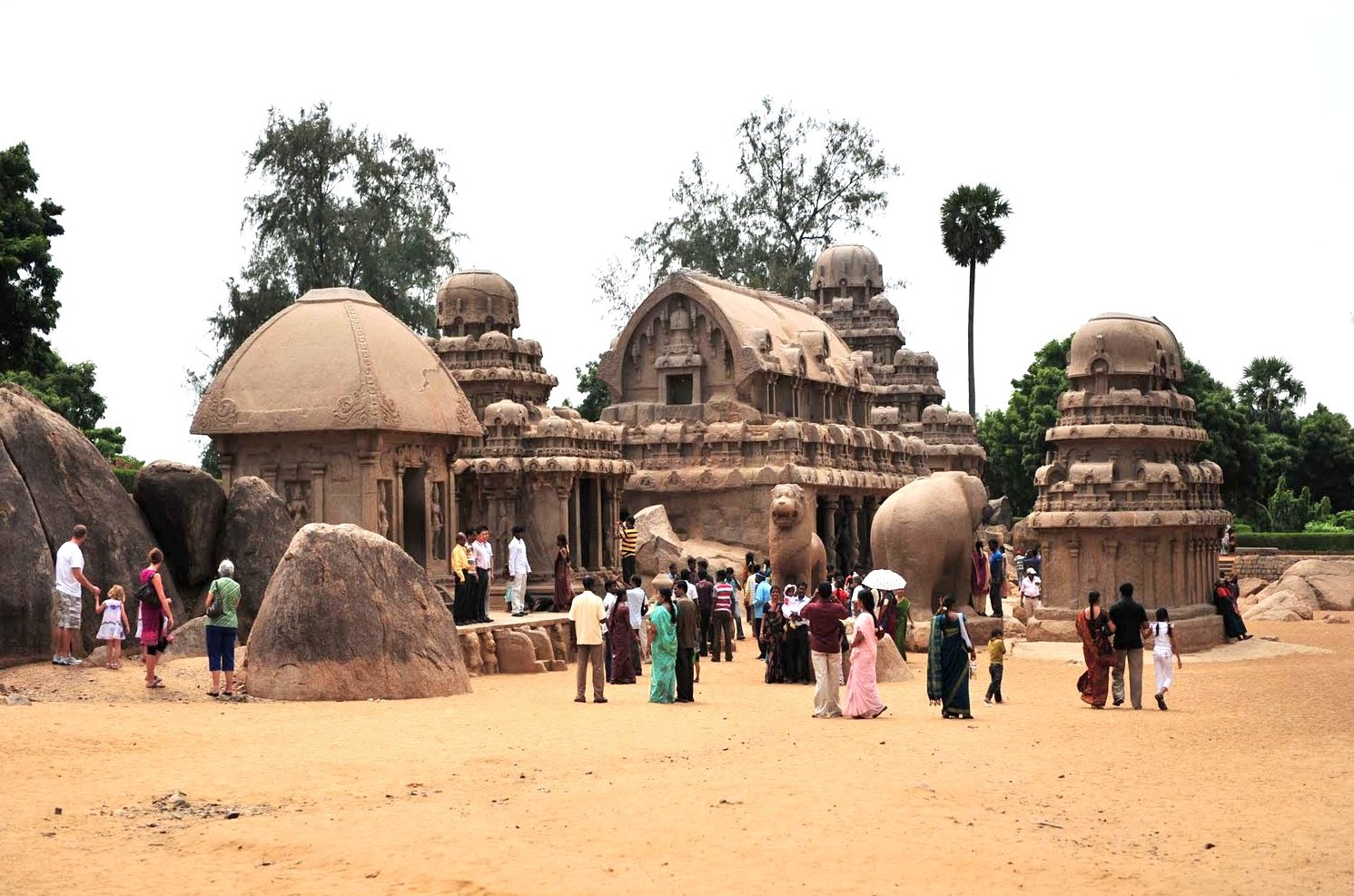There are only a few other monuments that could match the grandeur and splendour of the group of monuments at Mahabalipuram, which is located in Tamil Nadu’s Kancheepuram district on Bay of Bengal’s Coromandel coast. This is perhaps one of the most popular and attractive monument complexes of the world. Chennai, which is the capital of Tamil Nadu, is in close proximity to this monument complex. There are several names by which Mahabalipuram is referred to, such as Mallapuram, Mavalipuram, Mahamallapuram and Mamallapuram. However according to the census reports the official name is Mahabalipuram. A very popular nickname given to this place by the European sailors was “land of seven pagodas” which is because of the seven stupas or pinnacles of the Hindu temples that they saw. UNESCO adorned Mahabalipuram with the prestigious tag of World Heritage Site in the year of 1984 owing to the beautiful monuments, the sanctuaries with the world’s largest bas-relief which is open-air. One very prominent example of this the ‘Descent of Ganga’

The Monuments in Mahabalipuram primarily date back to the Pallava period. The group of monuments include Arjuna Ratha, Draupadi Rath, Dharmaraja Ratha, Nakul Sahdev Ratha, Pancha Ratha and the Ganesh Ratha. In addition to these other archaeological marvels include the Krishna Cave Temple, the Panchapandava Cave Temple, the Varaha Cave Temple, the Mahishasuramardini Mandapa, the structural shore temple and the Olakkannesvara Temple.

A major portion of the monuments and sculptured images are from the period of the Narasimhavarman I Mamalla. The monument at Mahabalipuram can broadly be divided into five types. These five types are the ratha temples, mandapa or rock sanctuaries, rock reliefs, temples that have been built out of cut stones and the monolithic rathas. Thus no excursion of south India could be complete without exploring and getting to know about these architectural wonders founded by the kings of the great Pallava dynasty.
- +91 9811857779
- bhavya.holidays@gmail.com
- WZ- 35,Bal Udhyan Road, Uttam Nagar, New Delhi, 110059

